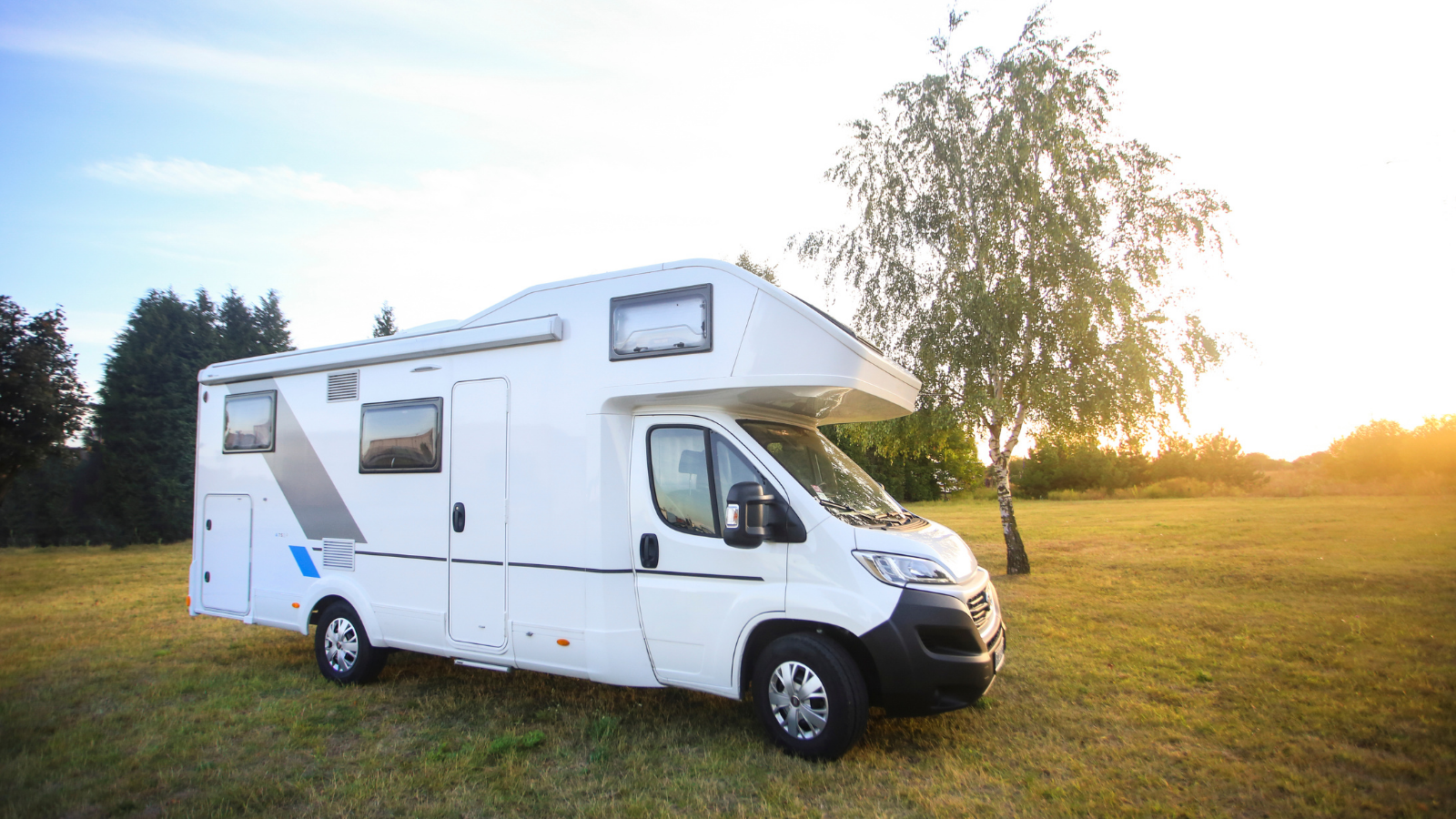When it comes to the interior of an RV, it’s all about comfort and convenience. We’ve discussed ways to renovate the interior of your RV, whether it’s interior decorating or making upgrades to existing fixtures, gadgets, and furnishings. We’ve talked about ways to keep the RV clean on the inside so that the environment stays fresh and doesn’t invite critters.
When it comes to the exterior of an RV, it’s about durability and insulation – not to mention, overall appearance. It’s important to care for the exterior of the RV – washing it regularly, avoiding trees that are full of sap, maintaining the chassis underneath.
But wait, there’s a distortion in the side of the RV… almost like a bubble appeared overnight. A small crack appears somewhere else. You touch the spot and the area feels spongy. You knock a plastic utensil against it and the sound is hollow. Your once-beautiful RV has something going on. In fact, it probably had something going on for a while, it just wasn’t obvious yet.
Unfortunately, it sounds like delamination.
What is delamination?
Delamination is when the material you see on the outside – fiberglass in most modern RVs – separates from the backing material. This backing material is typically a combination of lightweight plywood and Styrofoam. Delamination occurs when exterior seals fail, whether from over time or from being subjected to extreme weather on a consistent basis. The material separates and can warp. Water can encourage the problem along, plus affect the backing material and cause rot or mold. Delamination can also occur if the plywood and Styrofoam material underneath the fiberglass is impacted and dented, perhaps there was a branch that hit the wall and punctured the fiberglass. This causes an air pocket that causes the bonding agent to separate, which will grow over time and trap moisture between the layers, causing even more damage.
How do I know when it’s time to intervene?
At the first sign of delamination, you need to take care of it. It’s not a problem to let go by the wayside as the longer you wait, the more expensive the fix. The integrity and value of your RV depends on a well-cared for and functioning exterior. Substantial damage could require a total wall replacement, or even a total loss of the RV.
Can I fix the problem myself?
There are some things you can do to help stop the delamination from progressing: First, find and seal the leak. Moisture will continue to find its way in if you don’t. Clean all of your seals before resealing so that the material can bond appropriately. You also need to take a look around the inside of the RV – under flooring near the source of the leak and on the wall. There could be mold or damage there, too, that requires your attention. There are do-it-yourself kits on the market for smaller fiberglass issues, but it’s a substantial process to get it right, and experience and the right tools are essential. These kits won’t work if there is water damage to any of the inner layers. It may be best to contact a professional and get it done right. However, if the problem has gone too far, then the repair may require stripping away the outside of the RV – and the cost of that type of repair may not be worth it.
Will insurance cover it?
Most insurance companies do not cover delamination as it’s often a result of owner negligence. You will be responsible to making repairs and won’t be able to make a claim if your RV is a total loss.
How can I avoid delamination from happing to my RV?
As with most things, prevention is the best way to stop delamination. Don’t even give it a chance to set in. Inspect your RV’s seals frequently while using your RV. In very hot or very wet conditions, you should be checking every few months. In Michigan where the weather is more moderate, inspect at the start and end of the camping season. But more than inspection, you need to fix any other issues you find on your RV’s exterior, such as cracks or broken seals when you spot them. The most important: periodically re-seal seams on the roof and sides with lap sealant.
Pay attention to the exterior of your RV with routine checks, fixing problems when you spot them, and not letting visible issues fester for too long. That way, you and your RV can enjoy many more seasons of camping together.

